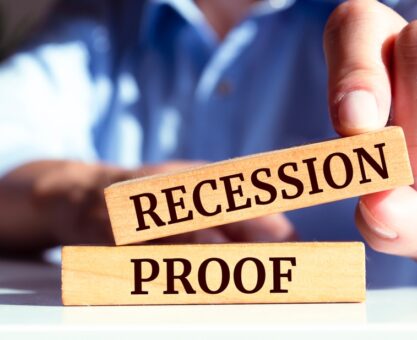When both spouses work for Uncle Sam, you have more retirement-planning flexibility. Known as “Dual Feds,” certain options can help maximize each of your retirement annuities (pensions) and provide a tax advantage if one spouse works longer while the other retires.
It starts with your FEHB coverage in retirement – perhaps the most valuable federal retirement benefit you can count on in the years to come.
Dual Feds Don’t Need To Elect A Survivor Benefit
As you know, when only one spouse works for Uncle Sam under FERS, they must elect a survivor benefit in order for their spouse to be covered under FEHB when the federal retiree dies. Of course, electing a survivor benefit results in a reduction of their monthly FERS annuity (pension) when they retire.
Even if they elect the 25% minimum survivor benefit, it results in a 5% reduction of their pension every month. And, if the non-fed spouse passes away first, that’s money lost forever for a survivor benefit the deceased spouse never used.
When both you and your spouse work for Uncle Sam, you’re both eligible for FEHB in retirement as long as you meet the requirements under the FEHB 5-Year Rule. This means you don’t have to worry about a reduction in either of your pensions because neither one of you need to elect a survivor benefit.
When Both Spouses Are Still Working
If you’re close to retirement and no longer have any children under age 26, it makes sense for Dual Feds to each choose a Self-Only FEHB plan. In most cases, your FEHB premiums will be less expensive than a Self-Plus-One Plan. Compare various Self-Only and Self-Plus-One plans available through FEHB to see what works best for the two of you.
“The working spouse can switch to a Self-Plus-One FEHB plan to cover their retired spouse and then continue paying the premiums with pre-tax income.”
When One Spouse Works Longer & The Other Retires
During your working years, federal employees pay their FEHB premiums with pre-tax earnings which is a nice tax advantage. However, once you retire, that tax advantage is lost because you have to pay FEHB premiums with your after-tax income.
For Dual Feds, there’s a tax advantage when one spouse works longer and the other retires. The working spouse can switch to a Self-Plus-One FEHB plan to cover their retired spouse and then continue paying the premiums with pre-tax income.
Without a doubt, Dual Feds have excellent retirement benefits but navigating the various rules and requirements can be daunting when planning your retirement. Working with an FRC® trained advisor can help ensure you both receive all the benefits you’ve worked long and hard to earn.

























